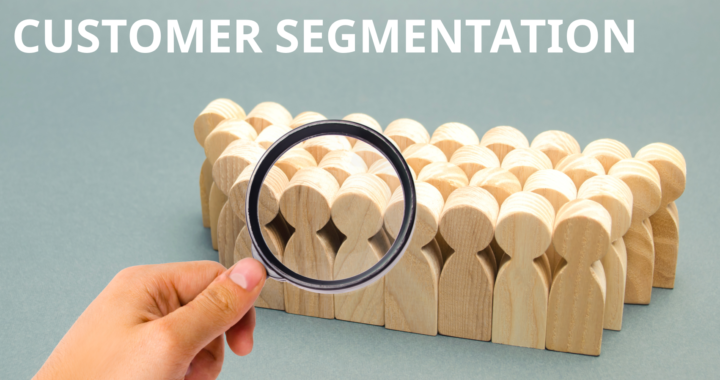In the highly competitive world of e-commerce, understanding your customers is crucial for effective marketing. One of the most powerful tools for achieving this understanding is customer segmentation. By dividing your customer base into distinct groups based on shared characteristics, preferences, and behaviors, you can tailor your marketing strategies to meet the specific needs of each segment. This blog explores the importance of customer segmentation in e-commerce marketing and offers insights on how to implement it effectively.

Table of Contents
ToggleWhat is Customer Segmentation?
Customer segmentation is the process of categorizing customers into groups based on various criteria, such as demographics, purchasing behavior, interests, and engagement levels. This approach allows e-commerce businesses to create targeted marketing campaigns that resonate with each group, leading to improved customer engagement and higher conversion rates.
Why is Customer Segmentation Important?
- Personalized Marketing Efforts
One of the primary benefits of customer segmentation is the ability to create personalized marketing messages. When you understand the unique needs and preferences of different customer segments, you can craft tailored messages that speak directly to their interests. For instance, sending personalized email promotions based on past purchases can significantly increase open and click-through rates.
- Improved Customer Experience
Segmenting customers allows e-commerce businesses to enhance the overall shopping experience. By understanding the preferences and behaviors of different segments, you can optimize product recommendations, website design, and customer service strategies to better meet their needs. This personalized approach fosters customer loyalty and encourages repeat purchases.
- Increased Conversion Rates
Targeted marketing efforts that speak directly to a specific audience are more likely to result in conversions. When customers receive relevant offers and product recommendations based on their preferences, they are more inclined to make a purchase. Customer segmentation enables you to refine your marketing tactics, resulting in higher conversion rates and improved ROI.
- Efficient Resource Allocation
By focusing on specific customer segments, businesses can allocate their marketing resources more effectively. Instead of a one-size-fits-all approach, segmentation allows you to prioritize marketing efforts for the segments that are most likely to convert. This targeted strategy maximizes the efficiency of your marketing budget and improves overall campaign performance.
- Data-Driven Decision Making
Customer segmentation provides valuable insights into customer behavior and preferences. By analyzing data from different segments, e-commerce businesses can identify trends and patterns that inform product development, inventory management, and pricing strategies. This data-driven approach enhances decision-making and helps businesses stay competitive in the market.
How to Implement Customer Segmentation in E-commerce
- Collect and Analyze Data
The first step in effective customer segmentation is gathering data. Use analytics tools to track customer behavior on your e-commerce site, including purchase history, browsing patterns, and demographic information. Surveys and feedback forms can also provide valuable insights into customer preferences.
- Define Segmentation Criteria
Once you have collected data, define the criteria for segmenting your customers. Common segmentation methods include:
- Demographic Segmentation: Age, gender, income, education level.
- Geographic Segmentation: Location-based preferences and behaviors.
- Behavioral Segmentation: Purchase frequency, brand loyalty, and product usage.
- Psychographic Segmentation: Lifestyle, values, interests, and attitudes.
- Create Customer Personas
Develop detailed customer personas for each segment. These personas should include demographic information, shopping preferences, pain points, and motivations. Creating personas helps visualize your customer segments and guides your marketing strategies.
- Tailor Marketing Strategies
With well-defined customer segments and personas, tailor your marketing strategies to meet the needs of each group. This could include personalized email campaigns, targeted social media ads, and customized product recommendations based on browsing history.
- Monitor and Adjust
Customer segmentation is not a one-time process. Continuously monitor customer behavior and campaign performance to identify any changes in preferences or trends. Use this data to refine your segmentation strategies and marketing efforts over time.
Conclusion
Customer segmentation is a powerful tool that enables e-commerce businesses to understand their customers better and create targeted marketing strategies. By personalizing marketing efforts, improving customer experiences, increasing conversion rates, and making data-driven decisions, businesses can foster deeper connections with their audience and drive growth. In the ever-evolving e-commerce landscape, leveraging customer segmentation is essential for staying competitive and meeting the diverse needs of your customers. Embracing this approach will not only enhance your marketing efforts but also lead to lasting customer loyalty and increased revenue.


No responses yet